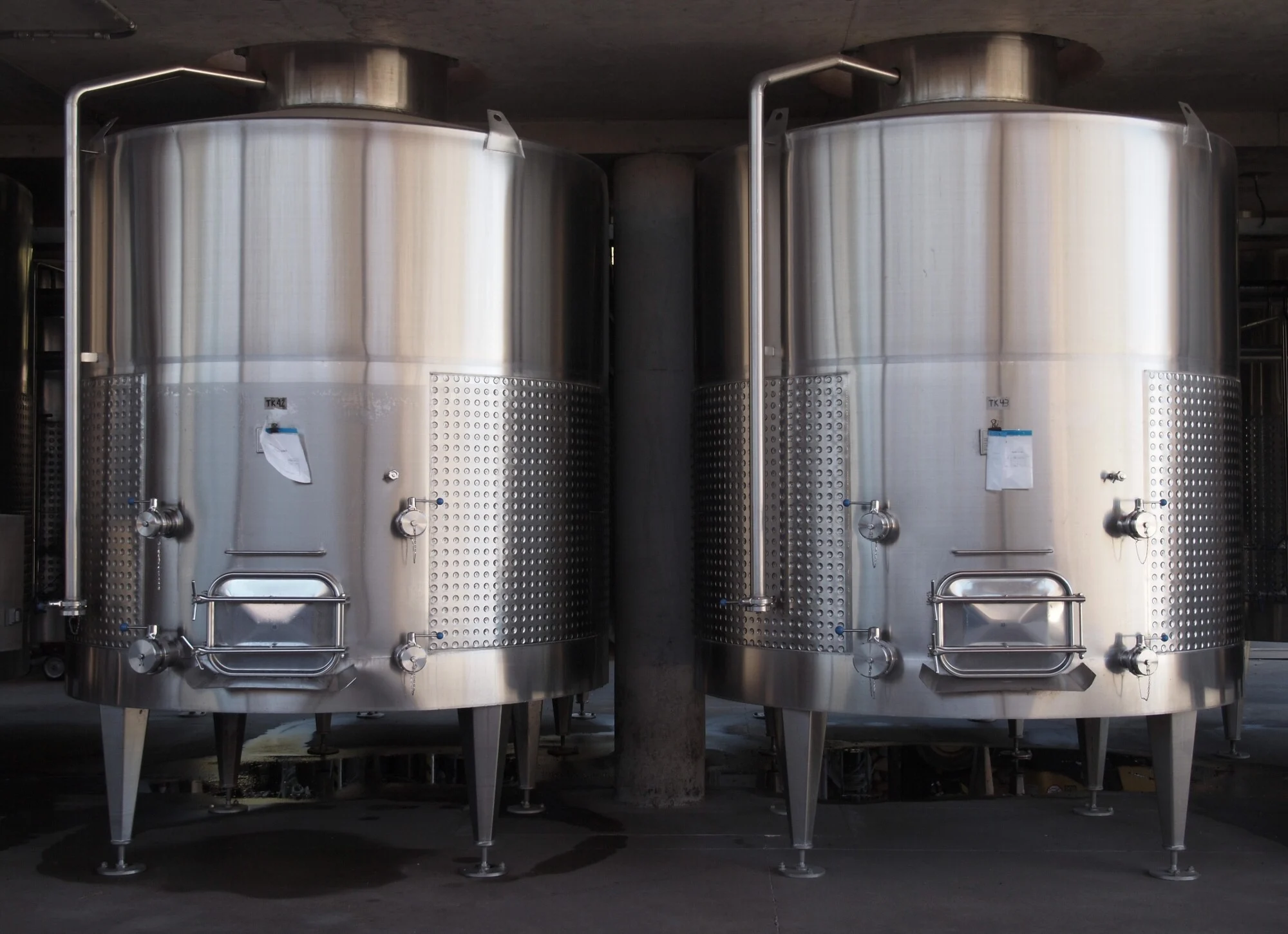Key Considerations for Installing Safe and Reliable Liquid Storage Systems

Proper liquid storage is a critical component in industries ranging from agriculture and chemical processing to manufacturing and water treatment. Whether storing water, fuel, or corrosive chemicals, selecting and installing the right system helps ensure operational efficiency, compliance, and environmental safety. While many storage tanks may look similar on the surface, the materials, design, and setup can significantly impact long-term performance and risk management.
Installing a liquid storage system is not simply a matter of selecting a tank and placing it on the ground. Multiple variables must be considered to ensure safety, reliability, and compatibility with both the stored substance and the surrounding environment. Understanding these variables helps facility managers and project planners make informed decisions that prevent costly failures, leaks, or environmental hazards.
Here are the key considerations that should guide every liquid storage system installation, from selection to long-term operation.
Understand the Nature of the Liquid Being Stored
The first and most important factor to consider is the type of liquid the system will store. Water, diesel fuel, fertilizers, acids, and industrial chemicals each have different requirements regarding containment materials, temperature sensitivity, and environmental controls.
Some liquids are highly corrosive and require tanks made from specialized plastics or fiberglass. Others need UV-resistant coatings or temperature regulation to maintain stability. Even water can vary significantly in quality, potable, reclaimed, or greywater all demand different storage configurations.
Before selecting a system, evaluate the properties of the liquid, including its chemical composition, temperature range, reactivity, and volume. Matching the right tank material and design to the specific liquid ensures long-term containment without degradation or contamination.
Assess Environmental and Site Conditions
Where you place a liquid storage system has a direct impact on its safety and functionality. Soil stability, proximity to groundwater, weather patterns, seismic activity, and access for maintenance should all be factored into the site selection process.
Outdoor installations must consider exposure to sun, wind, rain, and freezing temperatures. Tanks that will face extreme weather need reinforced structures, insulation, and anchoring systems to ensure they remain intact and secure. In areas with seismic activity, installing earthquake-resistant foundations can prevent tipping and structural damage.
Drainage is another key issue. Proper grading and runoff control protect the storage site from pooling, erosion, or flooding that could undermine the tank or lead to hazardous spills.
Choose the Right Materials and Construction Type
The material of the tank must be compatible with the liquid it stores and suitable for the environmental conditions. Common materials include polyethylene, steel, fiberglass, and polypropylene. Each offers advantages and limitations depending on the application.
Polyethylene is widely used for its lightweight durability and resistance to many chemicals. Steel provides excellent strength for large volumes but may require interior coatings for corrosive contents. Fiberglass is often selected for its resistance to extreme chemicals and long service life.
In choosing a system, also consider design features like double-walled tanks, secondary containment, and pressure-relief components. These features provide added safety and reduce the risk of environmental damage or system failure. Manufacturers like Polymaster specialize in durable and chemically resistant storage solutions that meet both industrial and agricultural needs. Their expertise in material selection and system design makes them a trusted resource for dependable tank installations.
Plan for Safe Access and Maintenance
Accessibility should never be an afterthought. A good liquid storage system includes clear access points for monitoring, cleaning, and repair. Features like ladders, walkways, valves, and hatches must be positioned to allow safe and convenient use without risking injury or operational disruption.
Regular inspection and maintenance are critical to ensuring system longevity and performance. Tanks must be cleaned periodically to remove sediment or buildup, and fittings need to be checked for leaks, wear, or corrosion. Incorporating easy-access designs reduces maintenance downtime and minimizes the risk of overlooking important servicing tasks.
Developing a maintenance plan before installation helps ensure your team knows what to monitor and how frequently to perform checks.
Texans from Space City like to get a salt-free water softener in Houston that requires minimal upkeep and fits easily into their home's existing system. This choice often helps them avoid the hassle of frequent maintenance while still enjoying better water quality.
Follow Local Regulations and Industry Standards
Compliance with environmental, health, and safety regulations is not optional, it is a legal requirement that also protects your operations from liability and penalties. Liquid storage systems must adhere to regional codes concerning materials, installation methods, containment measures, and spill prevention.
Check with local authorities to understand permitting requirements, setback distances, and inspection schedules. Certain types of liquids may also require special documentation, labeling, or emergency response planning. If your site deals with hazardous materials, ensure compliance with OSHA and EPA guidelines, along with any applicable international standards.
Professional installers or manufacturers often offer compliance support to help you navigate these rules and stay ahead of changing regulations.
Evaluate Capacity Needs and Future Expansion
Planning for current capacity alone can be shortsighted, especially for businesses expecting growth or seasonal fluctuations in usage. Storage systems should be scalable or allow for additional tanks without requiring complete redesigns or relocations.
Modular tanks and systems with flexible expansion options help you stay responsive to changing demand. Factor in peak usage, delivery schedules, and emergency reserve needs when determining how much capacity your installation should accommodate.
This forward-thinking approach ensures your system remains relevant and effective without requiring constant redesign.

Installing a liquid storage system requires more than just picking a tank. It demands a careful evaluation of the substance being stored, environmental conditions, regulatory requirements, and maintenance needs. With thoughtful planning and the right equipment, you can create a safe, efficient system that serves your operational goals for years. When backed by quality materials and expert guidance, a properly installed liquid storage system becomes a reliable asset that protects both your investment and your surrounding environment.
Published 5/26/25